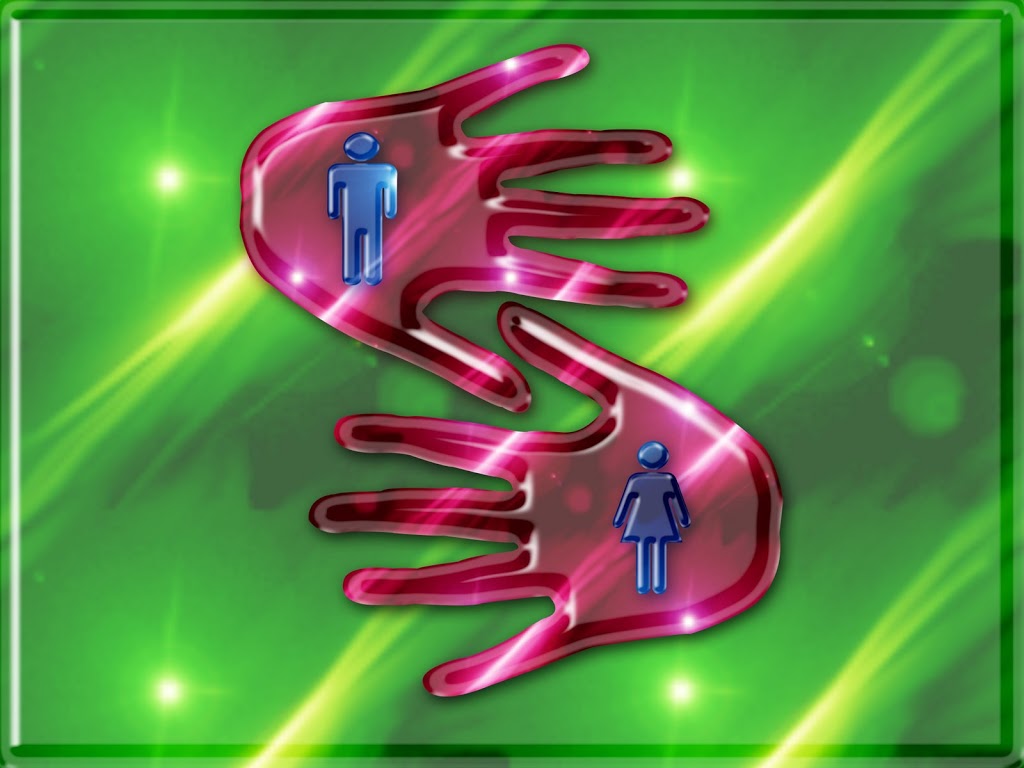Endometriosis questions answered by Dr. Andrew Weil in the Vancouver Sun August 2008
Almost one-half of affected women have problems with infertility
Q: You have not written much about endometriosis. Is there nothing a person can do nutritionally for this problem?
A: Endometriosis is an often painful condition that develops when tissue that looks and acts like the endometrium (the lining of the uterus) migrates outside the uterus. This tissue implants itself on the fallopian tubes, ovaries, the ligaments supporting the uterus, in the area between the vagina and rectum, on the outer surface of the uterus, or on the lining of the pelvic cavity. Although displaced, the tissue continues to act as if it were still in the uterus: Every month, in response to hormonal signals, it thickens, breaks down and bleeds. With no route out of the body, the trapped blood can cause inflammation, pain, scar tissue formation, adhesions and bowel problems.
The most common symptoms of endometriosis are severe menstrual cramps and pelvic pain at other times — during ovulation, intercourse, bowel movements or urination. More seriously, between one-third and one-half of affected women have problems with infertility.
Nobody knows the cause. One theory holds that endometriosis results from a backflow of menstrual tissue through the fallopian tubes into the pelvic area. Since the disorder seems to run in families, it may have a genetic basis. Another possibility: The errant tissue may have developed in the wrong place as far back as embryonic life.
Conventional medicine treats endometriosis with pain medications and with hormonal drugs, including birth control pills, to block ovulation and put the menstrual cycle on hold. One of these drugs is Danazol, a weak synthetic male hormone that suppresses growth of the endometrium. It can help but can also cause side effects such as acne and facial hair growth. Another, Synarel, also blocks the menstrual cycle but can cause hot flashes and vaginal dryness. None of these drugs cures endometriosis — they just give women a break from the pain.
You can try to manage endometriosis nutritionally with an anti-inflammatory diet (visit www.DrWeil.com for more information). My colleague, Dr. Victoria Maizes, executive director of the Program in Integrative Medicine at the University of Arizona, suggests eliminating dairy foods entirely for three weeks. Read labels carefully and avoid all foods containing whey, casein and cow’s milk or milk protein, because of the estrogenic hormones they contain, (naturally occurring as well as artificial).
Other suggestions:
– Eat only hormone-free meat to avoid any additional estrogen exposure.
– Avoid soy foods if you have not been eating them regularly; they are weakly estrogenic.
– Avoid alcohol (it affects how estrogen is metabolized in the body).
– Choose organic foods whenever possible.
– Try traditional Chinese medicine.
– Take omega 3 fatty acid supplements (start with 1 gram a day and increase the dose gradually — by 1 gram a week — to 3 to 4 grams daily).
– Try dong quai herb (Angelica sinensis) (3 to 4 grams daily) for its anti-inflammatory and anti-spasmodic effects. (Don’t use dong quai if you have very heavy periods since it can make matters worse.)
*A note on Dong quai/Dang Gui. It is a commonly used herb in TCM formulas especially for gynecological problems. I recommend seeing an herbalist to find the right formula for you.
– Try whole licorice extracts, which can be helpful for inflammatory disorders. You can also experiment with peony (Paeonia officinalis), which can help relieve menstrual cramps.
– Imagery or hypnosis can also be of great value.
– Drink a cup or two of red raspberry leaf tea daily to relieve cramps.
– Take 500 mg of supplemental calcium and 250 mg of magnesium daily.
to read the rest of the article click here


